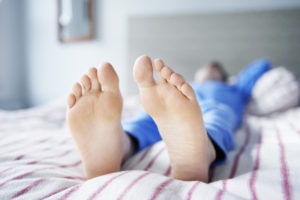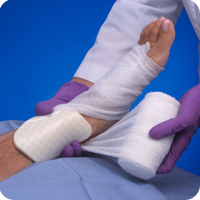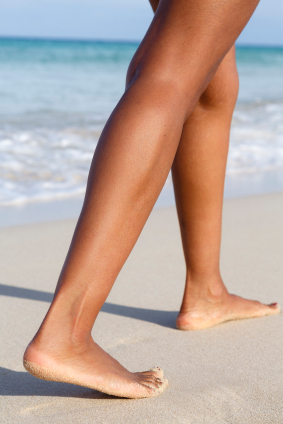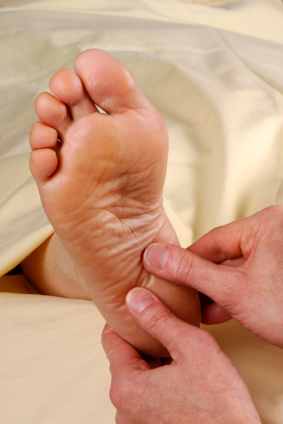 Restless legs syndrome is a neurological disorder characterised by an irresistible urge to move the lower limbs to stop uncomfortable or odd sensations.
Restless legs syndrome is a neurological disorder characterised by an irresistible urge to move the lower limbs to stop uncomfortable or odd sensations.
Restless legs syndrome effects approximately 1 in 10 people, with females being twice as likely to experience symptoms.
The sensations tend to occur when resting, sitting or lying, which can interfere with sleep. Some people have little or no sensations, yet still have a strong urge to move or uncontrollable night jerks in the legs.
Movement usually brings immediate relief, although they may be only temporary and partial. Individuals with restless legs syndrome can sometimes experience remissions over a period of weeks or months before symptoms reappear however, generally symptoms become more severe over time.
If left untreated, the condition causes exhaustion and daytime fatigue, from sleep deprivation effecting activities of daily living.
Causes of Restless Legs Syndrome:
Restless legs syndrome is categorised into either primary or secondary.
Primary restless legs syndrome is considered idiopathic or with no known cause, which is normally slow in progression. It is generally diagnosed before 40–45 years of age and may disappear for months or even years. In children it is often misdiagnosed as growing pains.
Secondary restless legs syndrome often has a sudden onset after age 40. It is most associated with specific medical conditions or the use of medications.
Secondary restless legs syndrome may result from:
- Iron deficiency.
- Kidney failure.
- Varicose veins.
- Folate deficiency and/or magnesium deficiency.
- Fibromyalgia.
- Uremia.
- Diabetes.
- Hypoglycemia.
- Thyroid disease.
- Pregnancy (especially in the last trimester. Symptoms usually go away within a month after delivery).
- Sleep apnea.
- Peripheral neuropathy.
- Certain auto immune diseases (I.E Celiac disease, Rheumatoid arthritis).
- Parkinson’s disease.
- Certain medications (antiemetics, antihistamines, antidepressants, antipsychotics, anticonvulsants).
- Surgery of the lower limb.
- Familial (inherited autosomal dominant gene).
Symptoms of Restless Legs Syndrome:
- Severity can range from mild to severe feelings of discomfort, itchy, pins and needles, creepy crawly sensations and/or numbness.
- An urge to move the limbs with or without sensations.
- Symptoms are generally worse in the evenings and better in the morning.
- Sleep disturbance.
- Improvement with activity.
- Worse at rest (i.e. sitting for a long period of time).
Treatment for Restless Leg Syndrome:
- Reduce caffeine intake.
- Stop smoking and reduce alcohol consumption.
- Maintaining a schedule of relaxation.
- Avoiding heavy meals before bed.
- Hot/cold packs.
- Regular exercise and stretching.
- Treating any underlying causes (i.e. anemia, iron deficiency, renal failure, diabetes, Parkinson’s or peripheral nerve damage).
- Medication (i.e. dopamine agonists, gabapentin enacarbil, opioids).
Restless legs syndrome can be a very frustrating and debilitating condition and is generally a lifelong condition as there is no definitive cure.
However, at Proactive Podiatry we can discuss current therapies available that can control the disorder, minimising symptoms and increasing periods of restful sleep.
 The link below is an article on newly published research by the Georgia State University, which may give increased hope for the treatment of chronic diabetic wounds and ulcers.
The link below is an article on newly published research by the Georgia State University, which may give increased hope for the treatment of chronic diabetic wounds and ulcers.






 Restless legs syndrome is a neurological disorder characterised by an irresistible urge to move the lower limbs to stop uncomfortable or odd sensations.
Restless legs syndrome is a neurological disorder characterised by an irresistible urge to move the lower limbs to stop uncomfortable or odd sensations.
